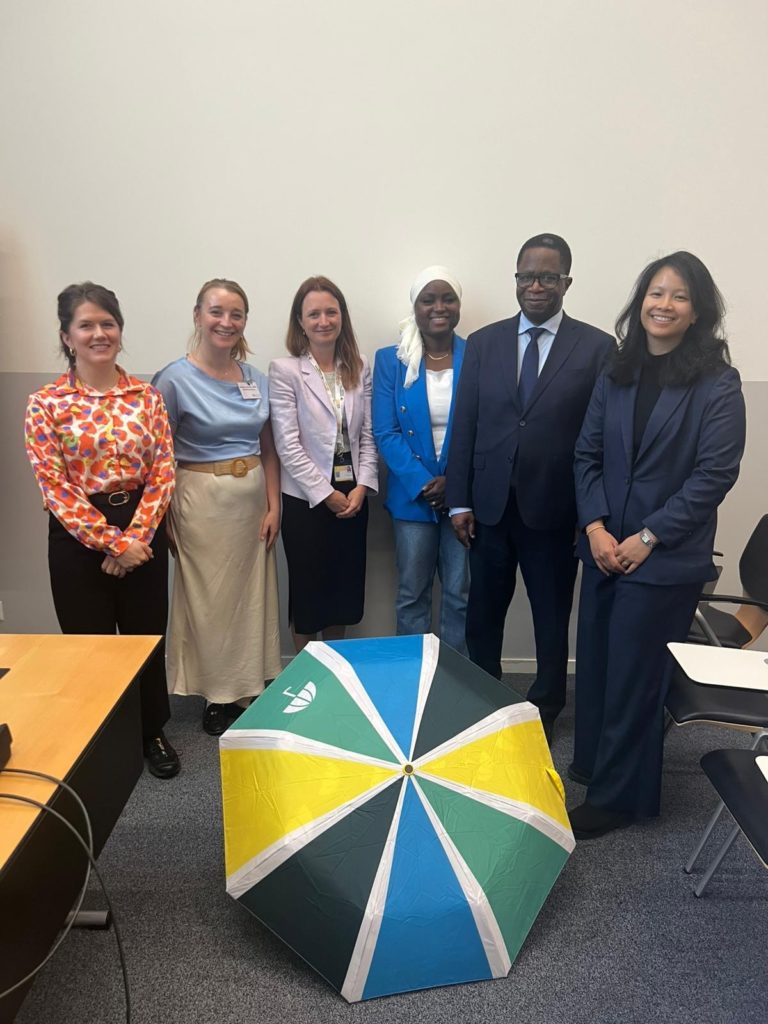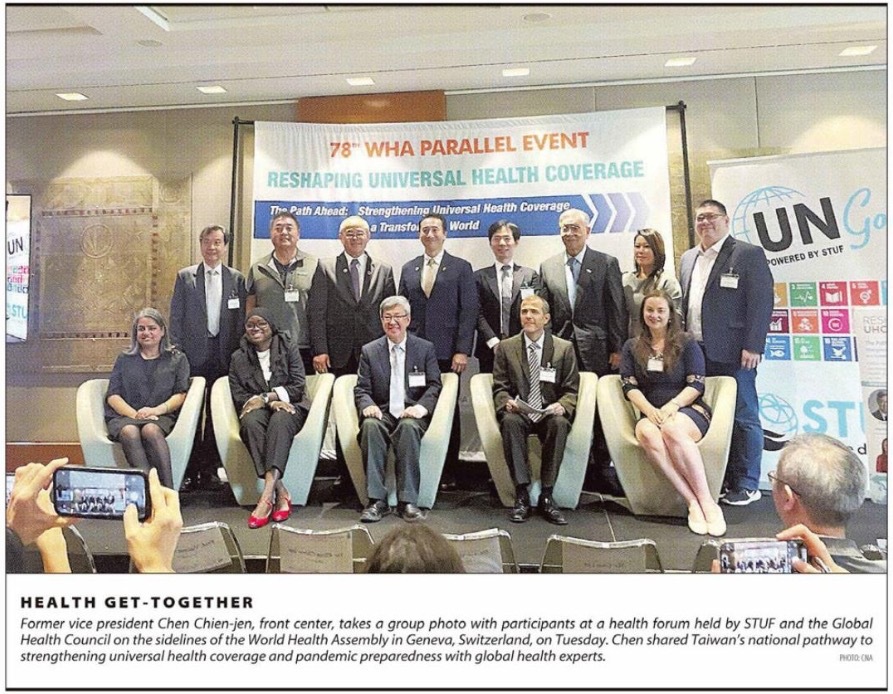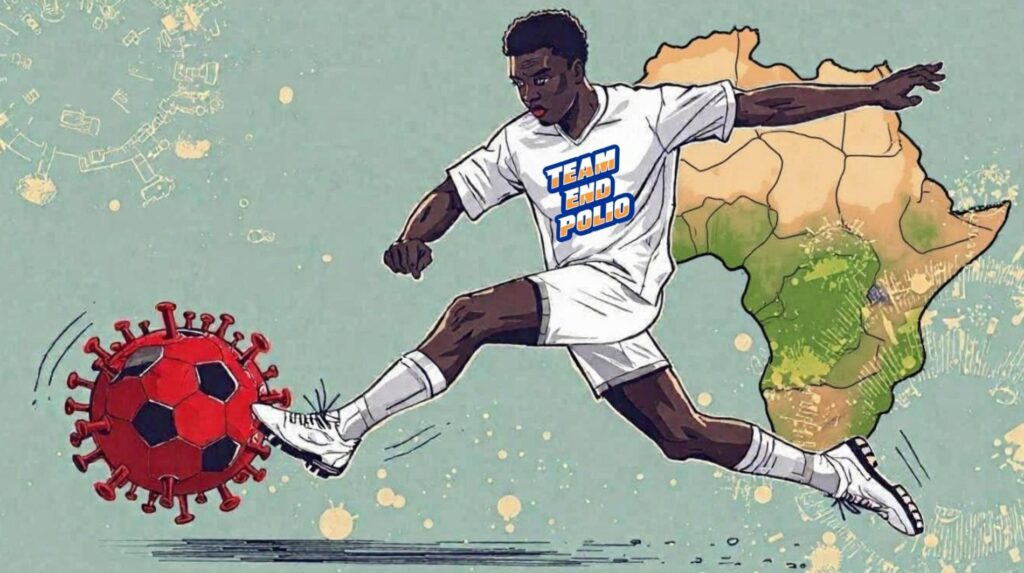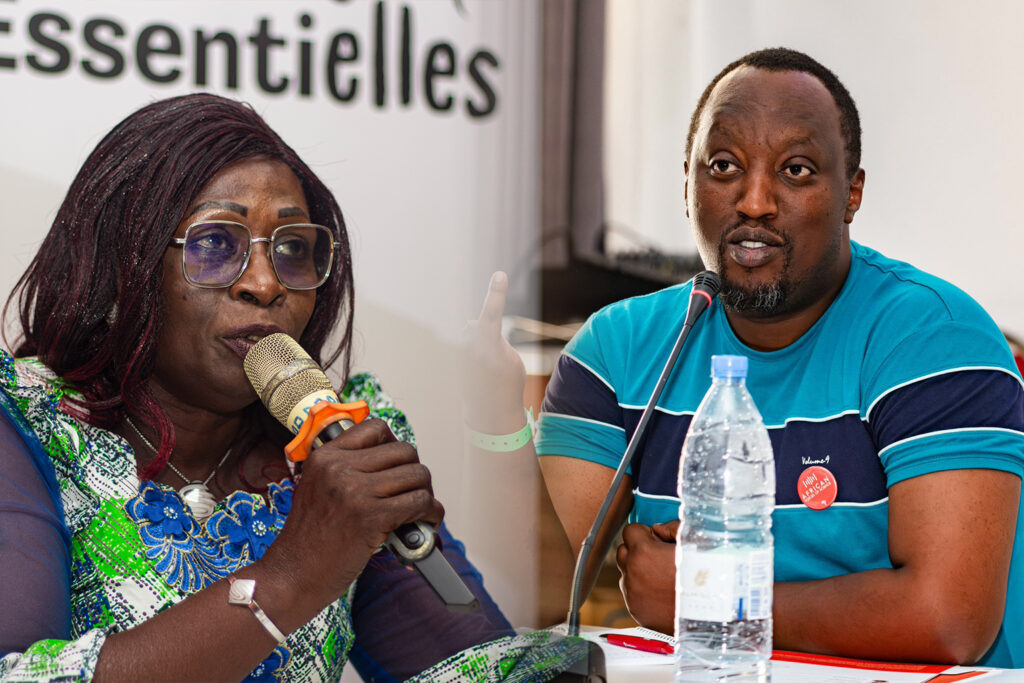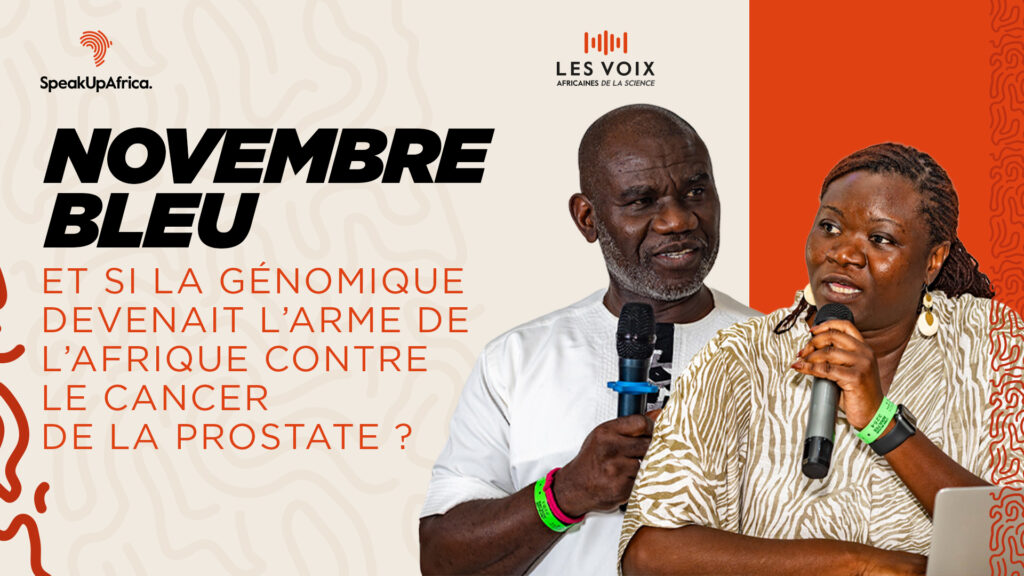WHA 2025 Reflections: Advancing African Priorities in Global Health Governance
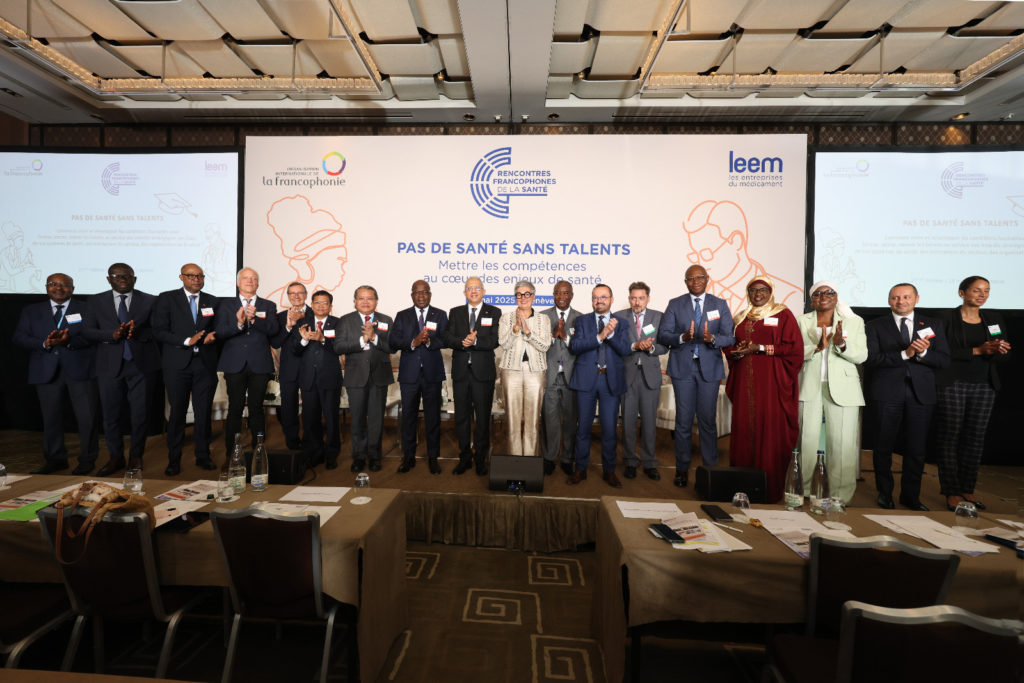
By Yaye Sophietou Diop | Partnership and Development Director
Participating in the 78th World Health Assembly (WHA) was a powerful moment of engagement for me as a young African woman committed to equity, innovation, and locally led transformation in global health. This year’s Assembly unfolded against the backdrop of profound global transitions: financial instability in the development ecosystem, climate vulnerability, rising geopolitical tensions, and the continued recalibration of the global health architecture post-COVID. These shifts make it more urgent than ever to move from rhetoric to results, especially when it comes to delivering on African priorities.
Several key outcomes of WHA 2025 signaled meaningful progress. Among them, the adoption of the Skin Health Resolution stood out as a long-overdue milestone in the fight against neglected tropical diseases (NTDs). Many NTDs, including leprosy manifest primarily through skin conditions. This resolution affirms that skin health is not a cosmetic issue but a critical entry point for disease detection, stigma reduction, and integrated primary care in resource-limited settings.
By anchoring skin health within global health systems strengthening efforts, this resolution offers a concrete pathway to accelerate NTD control and elimination especially in Africa, where the burden remains disproportionately high. It aligns directly with the WHO’s NTD Roadmap and supports more holistic, community-based models of care that respond to real needs on the ground.
WHA 2025 also saw the adoption of a Health Financing Resolution, reinforcing that without sustainable, domestic health financing, there can be no real progress toward Universal Health Coverage (UHC). In many African countries, health budgets remain overly dependent on donor funding. I spoke to this issue during the STUF–GHC Global Forum on UHC, emphasizing the urgent need to institutionalize innovative domestic financing mechanisms from health taxes and pooled insurance schemes to diaspora bonds and regional solidarity funds.
This is particularly crucial as the continent grapples with a post-donor transition era. African governments must now act decisively to own and finance their health agendas—not only to protect the gains of the last two decades, but to chart a new course that is more resilient, equitable, and politically accountable. At the same forum, I also underscored that UHC must be gender-responsive and grounded in community realities. Women are central to care provision but continue to face the greatest barriers to access, leadership, and decision-making. The future of UHC in Africa must reflect this reality.
Another defining element of this year’s Assembly was the adoption of the Pandemic Agreement. While its final contours reflect compromise, its existence affirms the global consensus that health emergencies require structured, equitable, and transparent governance. For Africa, the test will be whether this agreement facilitates technology transfer, regional manufacturing, and inclusive governance. Preparedness cannot remain aspirational must be operationalized through institutional reform, legal frameworks, and regional self-reliance.
In multiple WHA sessions, the conversation also turned to a foundational but often under-prioritized area: health research and development (R&D). A strong, Africa-led R&D ecosystem is not a luxury it is a prerequisite for sovereignty and resilience. Key discussions throughout the Assembly I attended, highlighted the following strategic pillars:
Governance: Africa urgently needs a coordinated continental framework to govern health R&D. Fragmentation has undermined scale and impact. Strengthening the Africa CDC’s role, and integrating national research institutions into a unified platform, is essential to align investments, avoid duplication, and drive impact at scale.
Priority-Setting: Research must respond to the health realities of African populations. That means shifting power to local institutions to define and drive health R&D agendas. It also requires investing in implementation science and context-specific product development—not just upstream discovery.
Market Shaping & Manufacturing: Local manufacturing remains constrained by fragmented markets, regulatory barriers, and weak demand signaling. By leveraging the African Continental Free Trade Area (AfCFTA) and harmonizing procurement policies, African countries can create viable regional markets that attract investment and support end-to-end value chains—from R&D to delivery.
Financing: Long-term sustainability hinges on African governments and regional bodies taking the lead in financing health innovation. Dedicated health R&D funds, pooled procurement mechanisms, and public-private partnerships are all part of the solution. We must move from pilot projects to sustained financing models that reduce donor dependency and increase autonomy.
Global Alignment: Finally, it is imperative that African voices are integrated into the governance of global R&D platforms. Too often, decisions about priority diseases, target product profiles, and funding allocations are made without sufficient input from those most affected. The new R&D agenda must be inclusive by design.
This vision for African-led R&D is not abstract it is already taking shape in pockets across the continent. It is being led by institutions, researchers, and entrepreneurs who are building for the long term. Our role as policymakers, advocates, and partners—is to ensure these efforts are recognized, resourced, and scaled.
My participation in the Francophone Health Meeting also brought attention to the human dimension of this system-level transformation. I spoke about the exodus of talented African scientists and health professionals—not because they lack commitment to their countries, but because they are too often denied the opportunity to contribute meaningfully at home. Through initiatives such as the Young Innovators for Health Award, the African Voices of Science platform, and the African Women in Digital Health (AWiDH) initiative, we are working to reverse this trend—not by preventing mobility, but by creating pathways for return, reintegration, and leadership.
In a separate session on digital health and UHC, I emphasized the role of civil society as a key enabler of trust and equity in digital transformation. Without community co-creation, digital health tools risk being technically sound but socially disconnected. CSOs must be engaged in the governance, design, and monitoring of digital systems from gender equity to data justice.
Finally, during the AWiDH peer-learning exchange, I joined stakeholders from Lesotho, Ethiopia, and Niger to discuss strategies for gender mainstreaming in digital health. National strategies are beginning to integrate gender perspectives, but structural barriers remain especially when it comes to female representation in data governance, leadership roles, and rural health technology deployment. Cross-country learning and investment in human capital will be key to ensuring sustainability.
As I reflect on WHA 2025, I am reminded of the urgency of the Lusaka Agenda, which calls for a new public health order in Africa centered on self-determination, equity, and accountability. The resolutions passed at WHA will only matter if they are implemented through African institutions, shaped by African priorities, and accountable to African people.
Global solidarity remains important. But sovereignty in health is non-negotiable. For me, as a young African woman engaged in this space, WHA 2025 reaffirmed that we must lead not only by raising our voices, but by building institutions, shaping policies, and transforming systems that will outlast us.
